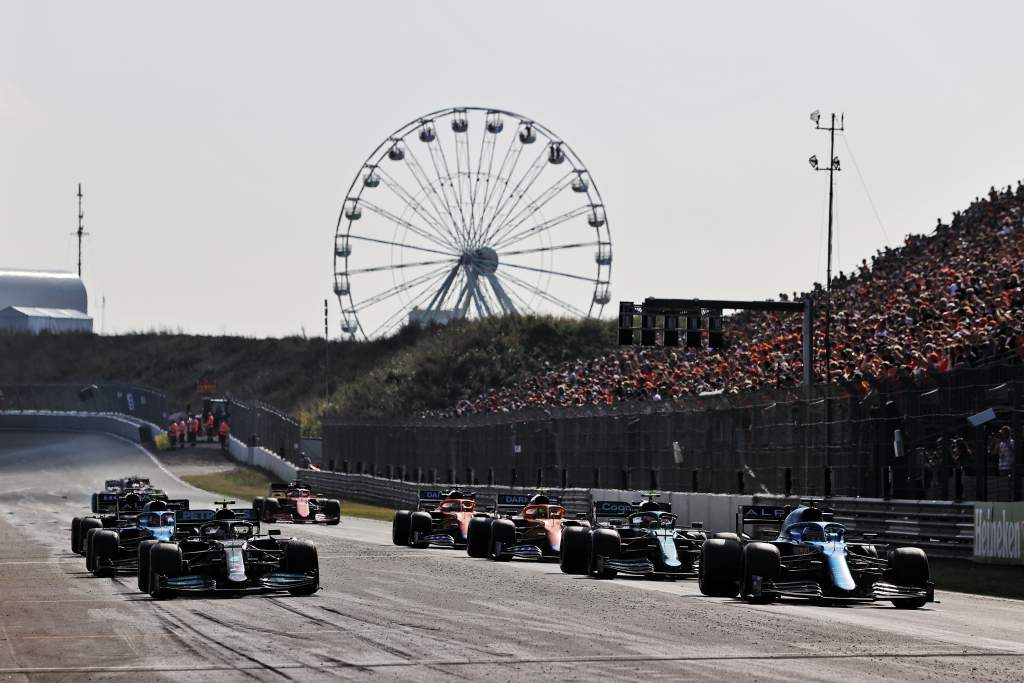Up Next

Mercedes boss Toto Wolff still believes the best way to guarantee young drivers a place in Formula 1 is to either mandate seats for rookies either in one-off races or allow third cars.
Wolff has long been a proponent of the idea that, if financially achievable, teams should be allowed to run extra cars for rookies.
In the past Mercedes has faced issues finding better seats for Esteban Ocon and Pascal Wehrlein, while recently George Russell has been waiting patiently in the lowly Williams team for a seat at Mercedes to become available.
Wolff likes the exclusivity of F1 from a team perspective – there have only been 10 on the grid since 2016 – but admits it can sometimes lead to a shortage of options when high-quality young drivers emerge and F1 is filled with established talents.
“We need to make sure that the talented young drivers have the possibility to come up,” he said.
“What I was always in favour of was not only making the mandatory FP1 sessions but adding a race or two where those young drivers or those rookies need to race and actually be part of the constructors’ championship.
“Or even more radically, if financially it can be accommodated, having a third car with a mandatory rookie driver.
“And suddenly we have a grid of 30 cars and the smaller teams can finance those seats with funding from the drivers or sponsors. That could be very exciting.”
It would require the FIA to raise the limit on the number of cars (26) and would be unlikely in a budget cap era that is designed to slash team spending.
However, the underlying point that there are not enough seats for drivers is valid – although few of the drivers missing out are likely to be elite-level F1 competitors.
Several drivers backed by F1’s leading teams are theoretical contenders for seats but without a sure-fire route onto the grid.
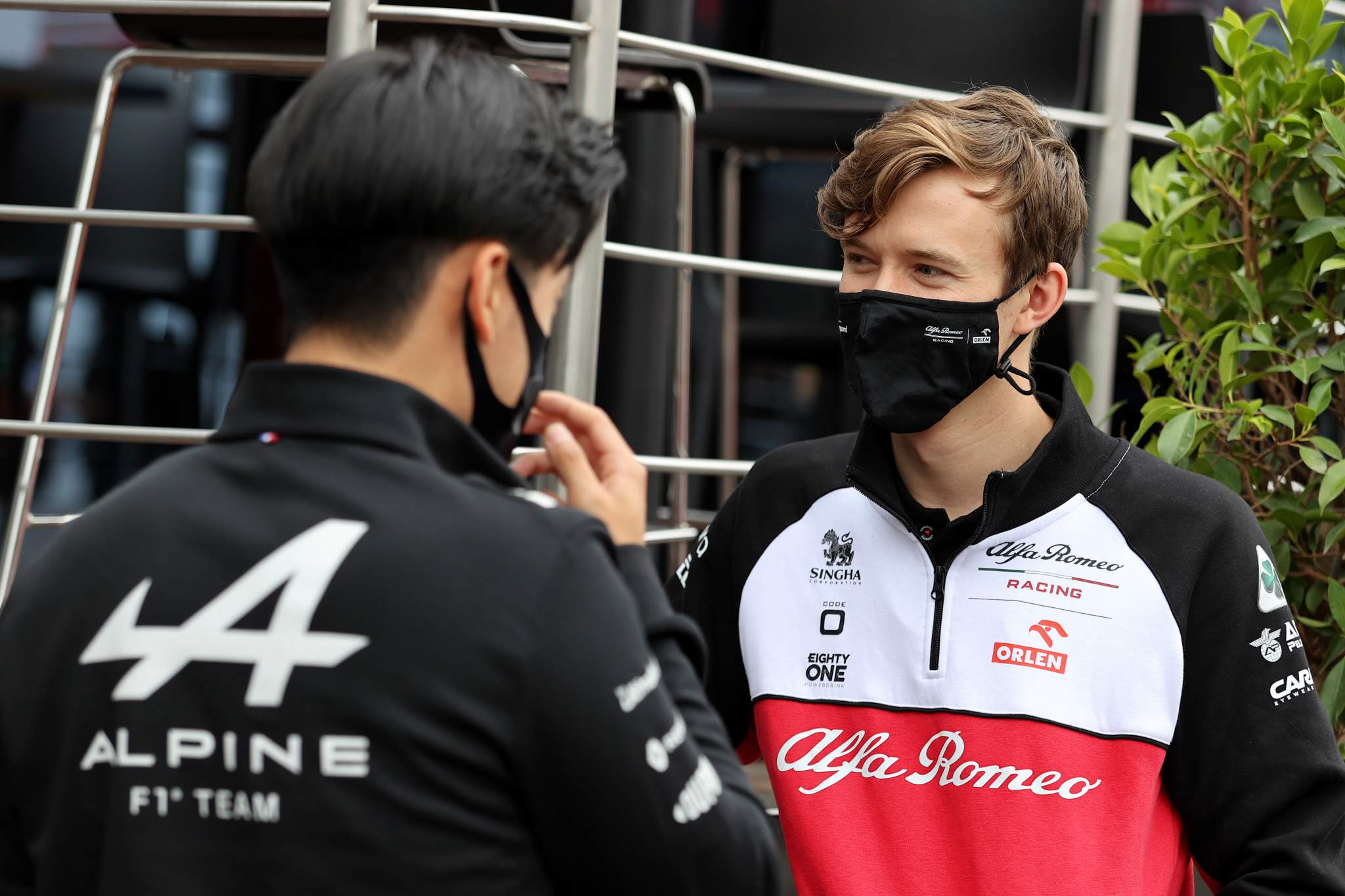
These include Ferrari’s Callum Ilott and Alpine’s Oscar Piastri and Guanyu Zhou, while Red Bull wants Alex Albon to return to F1 and Mercedes is keen on its Formula E champion Nyck de Vries having a chance.
If F1 did pursue Wolff’s vision, though, who would end up where?
Unfortunately for Albon he falls foul of not being a rookie, but there’s good news for many other talents – even a couple outside the F1 bubble entirely.
Assuming the rules are simple and we are assessing drivers on their merit of being a third driver for select events or a full season, these would be our picks.
Mercedes: Nyck de Vries
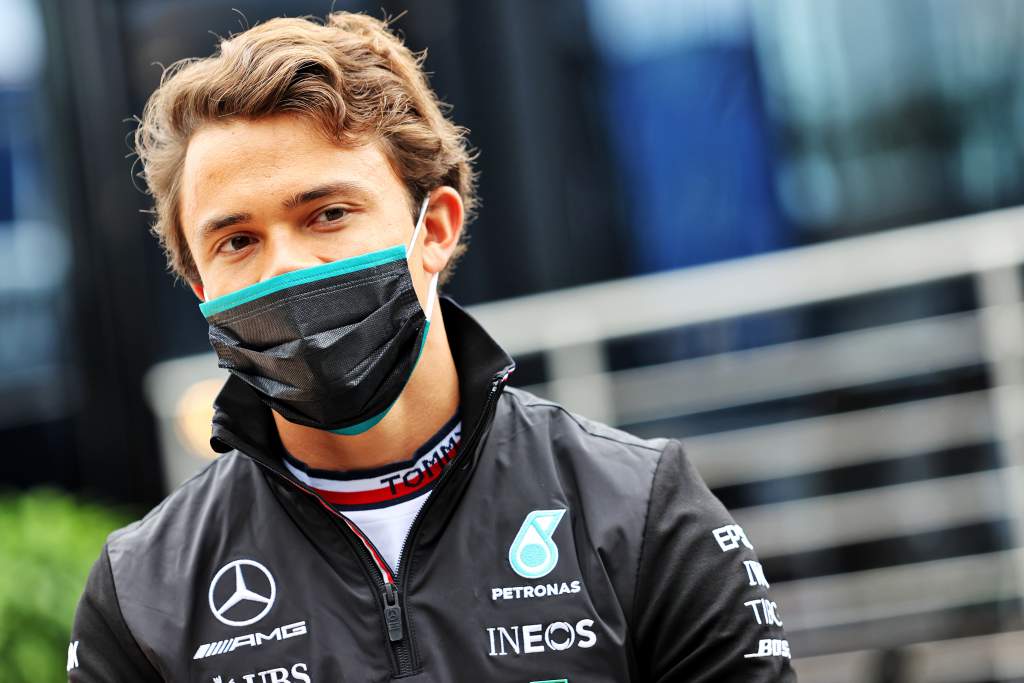
Mercedes’ Formula E world champion is clearly highly-rated by the team’s hierarchy as Wolff wants him to find a seat in F1. Given the third car is Wolff’s suggestion, de Vries would be a no-brainer for Mercedes to puts its money where its mouth is.
Red Bull: Juri Vips
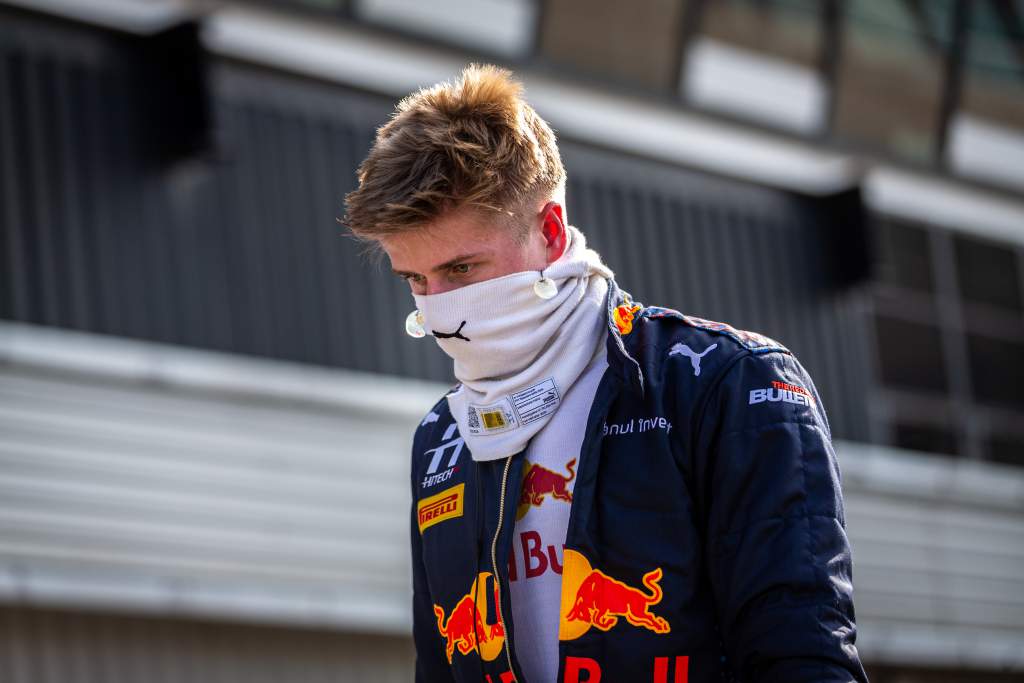
No Red Bull Junior is convincingly setting the world alight in the feeder categories but Formula 2 race winner Vips is the programme’s leading driver in the junior single-seater ranks, so he gets the nod here.
McLaren: Patricio O’Ward
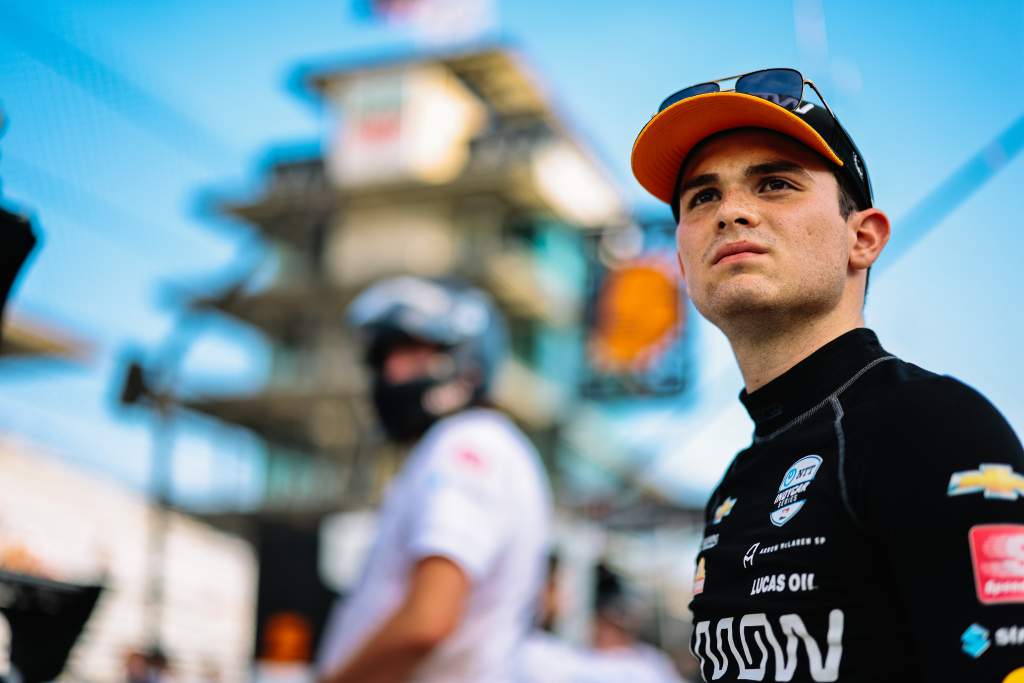
Already destined for his first F1 test later this year, the McLaren IndyCar ace is clearly highly thought of inside the group as a whole and is already causing crossover between the two programmes.
With F1 and McLaren seeking big wins Stateside, this would be a no-brainer commercially too.
Aston Martin: Colton Herta
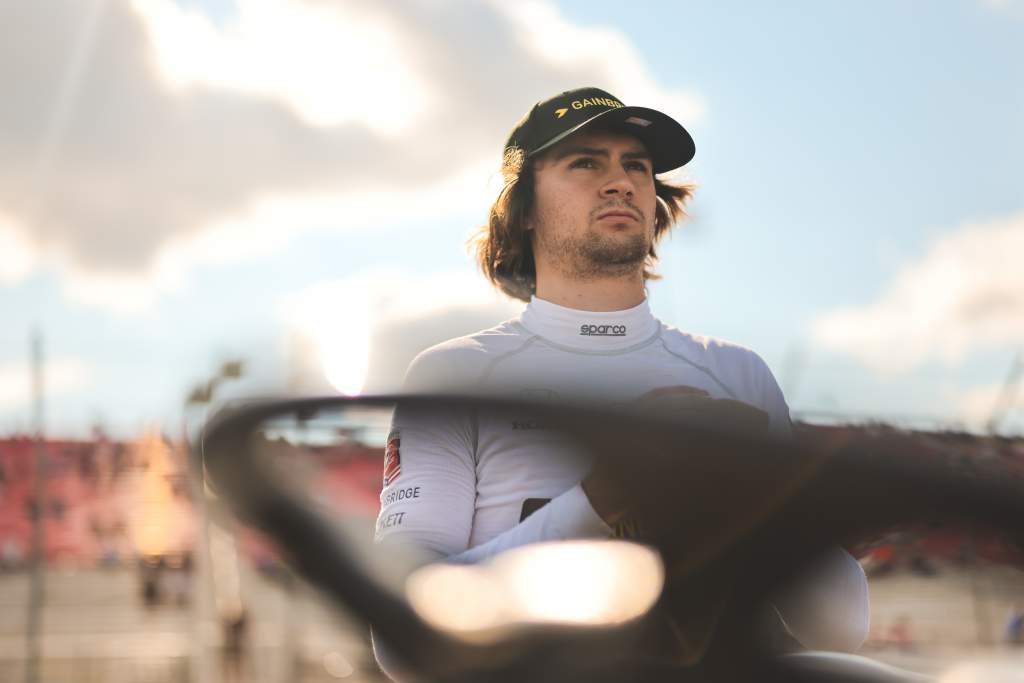
This is the only team we have to reach a little for because it has no (obvious) affiliation. But many of Aston Martin’s big sponsors, including title partner Cognizant, hail from the US so the same commercial benefits mentioned above would theoretically apply.
Herta’s one of America’s and IndyCar’s bright prospects so merits the opportunity, too.
Alpine: Oscar Piastri
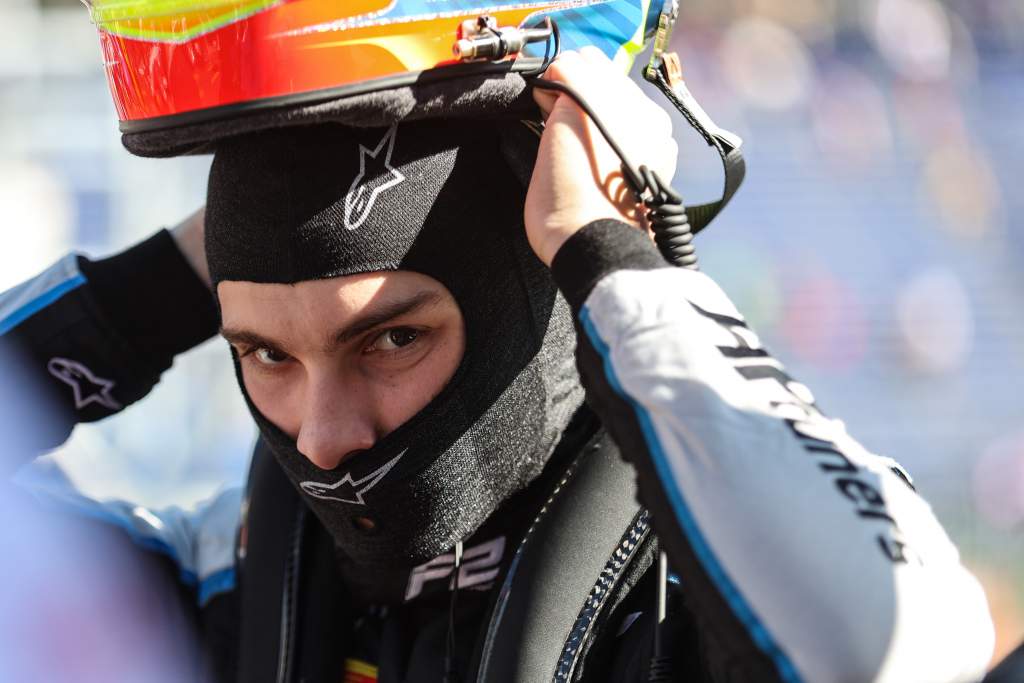
Clearly the best of the bunch in Alpine’s programme.
It’s already quite ridiculous that a potential back-to-back-to-back set of titles in Formula Renault Eurocup, Formula 3 and Formula 2 won’t propel Piastri straight into F1. If he got overlooked in a world of third cars, it’d be criminal.
Ferrari: Callum Ilott

Formula 2 runner-up to Mick Schumacher. Test mileage with Ferrari. Friday experience with Alfa Romeo.
Ilott checks all the boxes and it would be absolutely fascinating to see how he copes with the pressure of being the first Englishman to race for the Scuderia since Nigel Mansell.
AlphaTauri: Liam Lawson or Antonio Felix da Costa
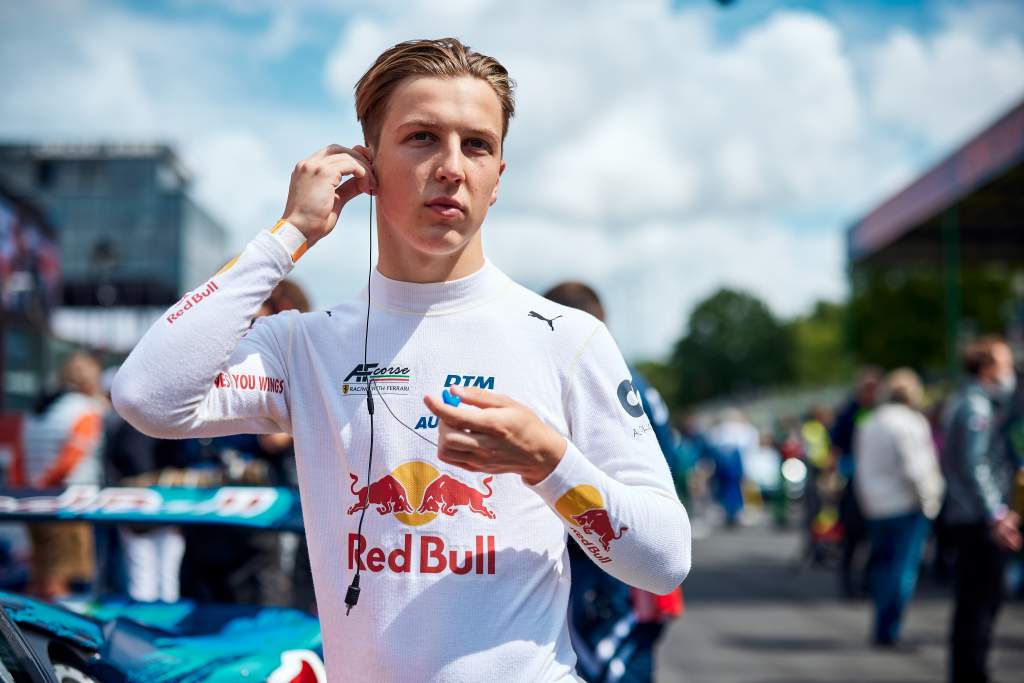
Lawson is a rookie race winner in Formula 2 and driving well in Red Bull’s colours in the DTM. He’s fallen behind Vips in the F2 standings and the jury’s still out on what kind of future he has in single-seaters. If Red Bull was unconvinced and feeling adventurous we’d recommend Antonio Felix da Costa – an ex-Red Bull junior and Formula E champion who would be a fun addition to the grid.
Alfa Romeo: Theo Pourchaire
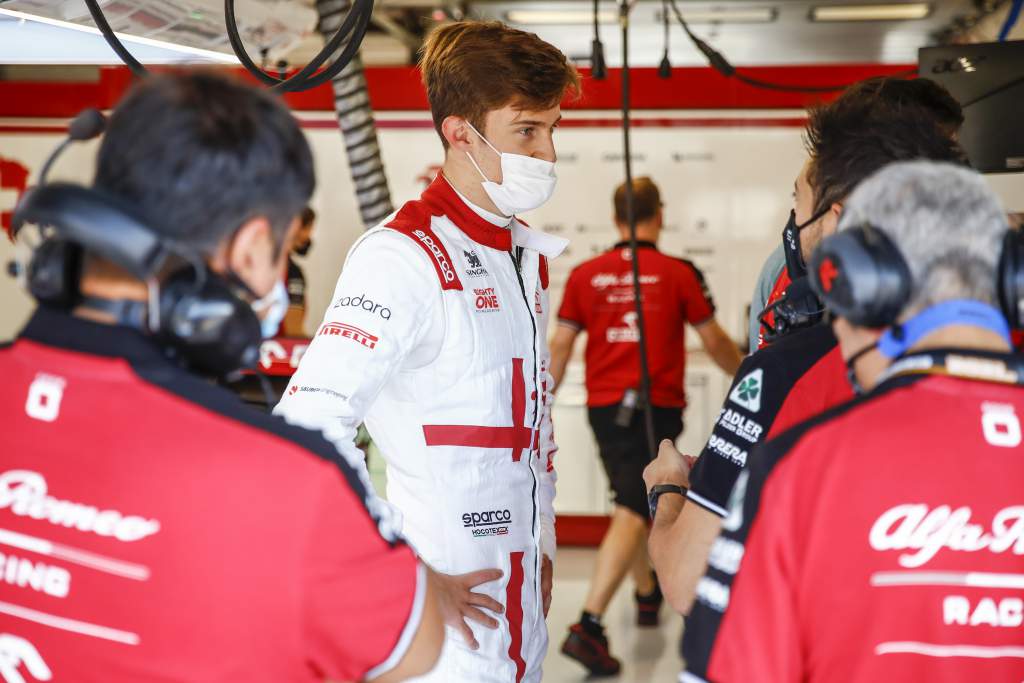
One of the most exciting drivers on the F1 ladder if not the most exciting.
A member of the Sauber Academy, Pourchaire is destined to join the F1 grid sooner rather than later. If Alfa Romeo had a third car there is surely no question he would be in it.
Haas: Robert Shwartzman
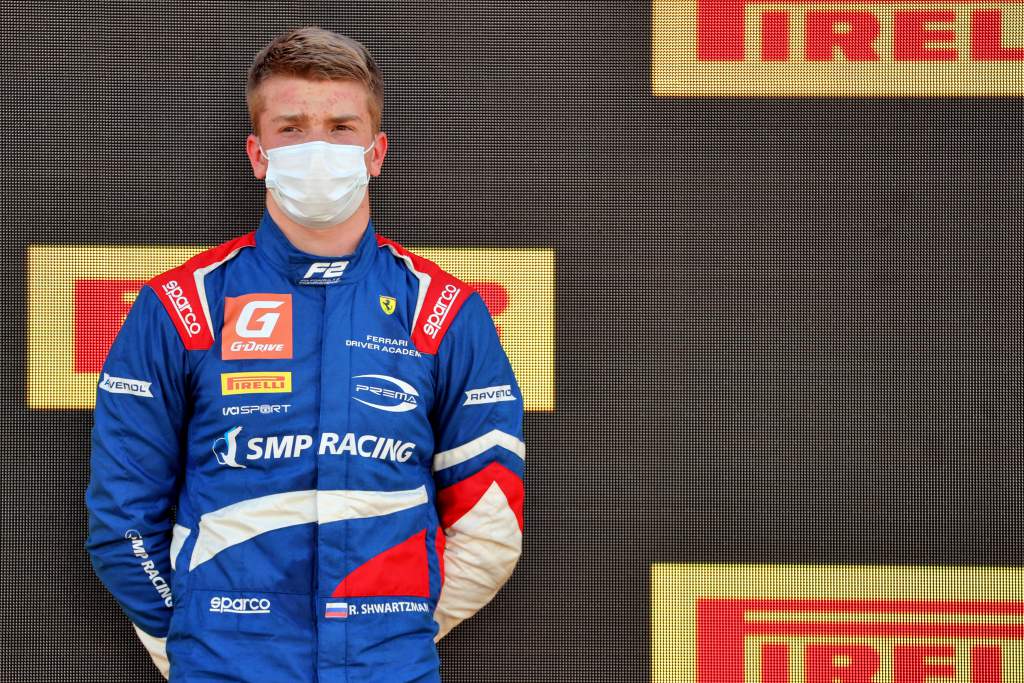
Though Shwartzman’s star has dimmed slightly during a difficult sophomore Formula 2 season, the quality of his previous two years across Formula 3 and F2 should not be quickly forgotten. With solid private testing mileage the Ferrari protege would be a worthy option to slot into its customer team.
Williams: Guanyu Zhou
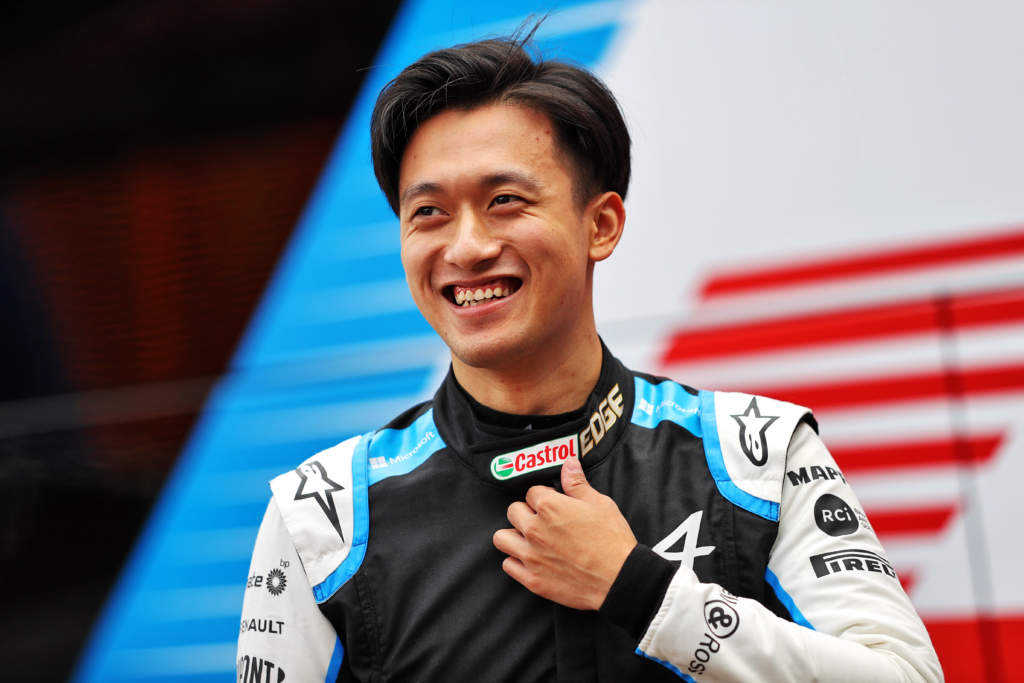
Dan Ticktum split at the wrong time to benefit from this hypothetical world. And with no members of Williams’s own academy meriting a drive in F1, chances are it would look elsewhere – and F2 race winner Zhou is the sort of blend of ‘good driver’ and ‘brings money’ that fits the bill.
We’ve made those arguments on the basis all of those drivers could merit a chance in F1 and do a decent job, even if only a few – de Vries (as 2019 F2 champion), Pourchaire and Piastri – seem like options who don’t deserve to bump up against a ceiling.
In reality, intense competition for seats is part of F1. Red Bull’s Christian Horner thinks that the simple fact is “we are probably missing a team or two” from the grid.
He believes F1’s budget cap and revised commercial agreement helps stop smaller teams being dependent on pay drivers but thinks there are other hurdles to clear.
“There is a plethora of young guys in Formula 2 that deserve an opportunity and there are just not the seats to go round at the moment,” Horner claimed.
“Definitely a team or two could be accommodated.
“With the budget cap, from what I understand, pretty much every single team is on that limit next year. That’s a positive outcome because I think there are drivers with significant budgets that are not getting seats because teams are able to operate independently at those cap levels.
“So that shows it’s working, it’s doing its job, but of course you have got that age-old problem that as soon as you start dividing up the pie among more members it gets diluted and so there is going to be reticence to do that, hence the topic of the third car.
“But ultimately we need between two and four more cars on the grid to enable young talent to have the opportunity to show its colours in Formula 1.”


